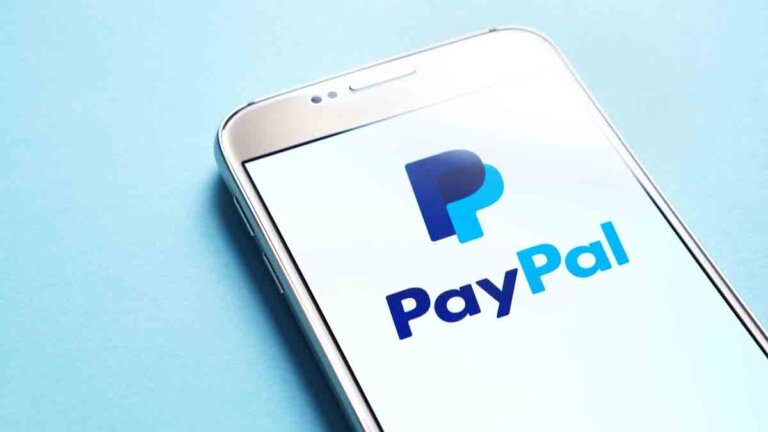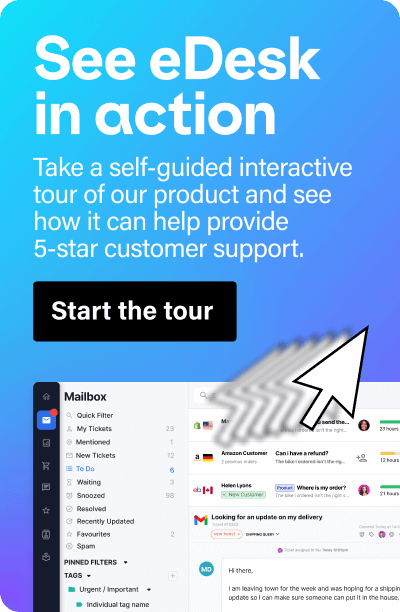When it comes to transaction disputes, PayPal is known for siding with the customer. But PayPal chargebacks are slightly different, because sellers need to deal with a buyer’s credit card company.
PayPal chargebacks can cost eCommerce sellers time and money. The process can also tie up funds and impact cash flow. So here’s everything you need to know about responding to them in an effort to recover product payments.
What is a PayPal Chargeback?
A PayPal chargeback happens when a customer asks their credit card company to reverse a transaction.
Although they can initiate a dispute or claim with PayPal to request a refund, some customers prefer to go straight to their credit card provider. When they bypass PayPal to request a chargeback, this means they’re disputing a payment and want a full refund for their purchase.
In this situation, PayPal doesn’t settle the dispute. It simply provides purchase information to the credit card company on behalf of its customers. The credit card or debit card issuer will then decide whether or not to implement a chargeback. Decisions are based on their own policies, which vary from company to company.
However, PayPal does freeze some of the money in your account in case a refund needs to be issued. If a lot of your customers make PayPal Chargeback requests, the amount of money PayPal withholds from you may increase. So do what you can to avoid chargebacks.
Why you might be experiencing a PayPal Chargeback
Here are some of the reason why a customer might request a PayPal Chargeback for something they purchase from your store:
- The product they ordered didn’t arrive
- Their order was damaged or defective upon arrival
- They were charged twice or more for a single purchase
- The customer didn’t remember or recognize the payment
- The payment wasn’t authorized by the card owner
Occasionally, fraudulent PayPal chargebacks can be an issue too. One of the most common eCommerce scams occurs when buyers say an order was undelivered or defective when everything was actually fine. There are no laws governing these kinds of chargebacks so it can be difficult for eCommerce sellers to dispute them.
However, there are steps which can prevent the chances of fraud occurring in the first place. Watch out for orders from high risk countries, emails with lots of random letters and numbers and emails which bounce. Orders with odd activity, such as changing delivery addresses, should also set off alarms.
Tools are available to help sellers flag potentially fraudulent purchases. For example, all Shopify plans come with some level of fraud analysis. Then, the likes of MasterCard and FraudLabs Pro also offer tools to help eCommerce stores detect issues.
How PayPal chargebacks work
Once a customer starts the chargeback process, their credit card provider lets PayPal know and it will then freeze the related funds in your account.
Sellers are then notified of the chargeback request. They have ten days to respond to the claim put forward by the buyer and provide information which may help dispute the chargeback.
According to PayPal, a chargeback can be initiated 120 days or more after an order is first processed. So make sure to keep your sales records in good order.
Buyers are also emailed by their card provider and asked to provide evidence for their claim.
How to release your payment!
When dealing with a PayPal chargeback, you need to be patient and stay calm – even if you believe the chargeback is fraudulent or false.
You need to respond to the notification in a calm and timely manner within the PayPal Resolution Center. Otherwise, you may risk further holds being put on your account.
Step 1: submit the relevant documentation
If you believe a chargeback is unwarranted, you can dispute the claim.
To do this, sign into your PayPal account and go to the Resolution Center. From here, you can respond to the PayPal chargeback notice. Provide any information, documentation or evidence which can help you prove the claim false. These may include:
- Transaction records
- Proof of shipment, such as photos of shipping labels or tracking information
- Photos of packaged products
You have 10 days to respond to a chargeback notification.
Step 2: work with PayPal’s chargeback team
Ultimately, it is the bank or credit card company who will assess the documentation and decide whether or not to approve a chargeback. However, PayPal has a team of chargeback specialists to help walk you through the process. Both you and the specialist may communicate back and forth about the appeal.
One of these specialists will then take the documentation you submit and dispute the chargeback on your behalf.
Step 3: the waiting game!
PayPal says most chargeback cases are usually resolved within a month. But credit card companies have up to 75 days to make a decision. Sometimes, it can even take longer.
If the decision goes in your favor, the transaction will go ahead and PayPal will release the fund to you. If it doesn’t, the transaction is cancelled and the customer receives their money back.
PayPal chargeback fees and reimbursements
Unfortunately, every PayPal chargeback claim comes with a cost for the eCommerce seller – whether the chargeback is successful or not.
PayPal takes a fee directly from your account to cover the cost of facilitating and processing the chargeback. For PayPal purchases in US dollars, the fee is a hefty $20. And unlike Stripe, you can’t opt to pay for chargeback protection cover.
However, if your account and the order in question meets certain criteria, you can get the fee back with PayPal’s Seller Protection policy.
In fact, if a chargeback claim goes against you, you may even be eligible to claim back the whole purchase amount. But PayPal’s Seller Protection program has its own rules and qualifications for every scenario.
Basic requirements for using the program, include:
- An address in the US
- The selling of physical products
- The customer’s delivery address can’t have changed after shipment
- The seller must have responded to PayPal request for documentation on time
Depending on the circumstances surrounding the chargeback, there may be other requirements too. For example, a chargeback request disputing delivery will require proof of delivery. You can find the full eligibility details here.
Final thoughts
Dealing with a PayPal Chargeback is quite straightforward. But the process can take a long time and costs can add up too.
It’s best to take steps to avoid PayPal chargebacks. Clear communications, accurate product listings and detailed photos can help reduce the chances of chargebacks tying up your funds.
You should also take care to implement a great customer support strategy. Most customers will reach out to a seller before contacting their credit card provider. So make sure you respond to messages quickly and appropriately to reduce the number of PayPal Chargebacks associated with your account.


